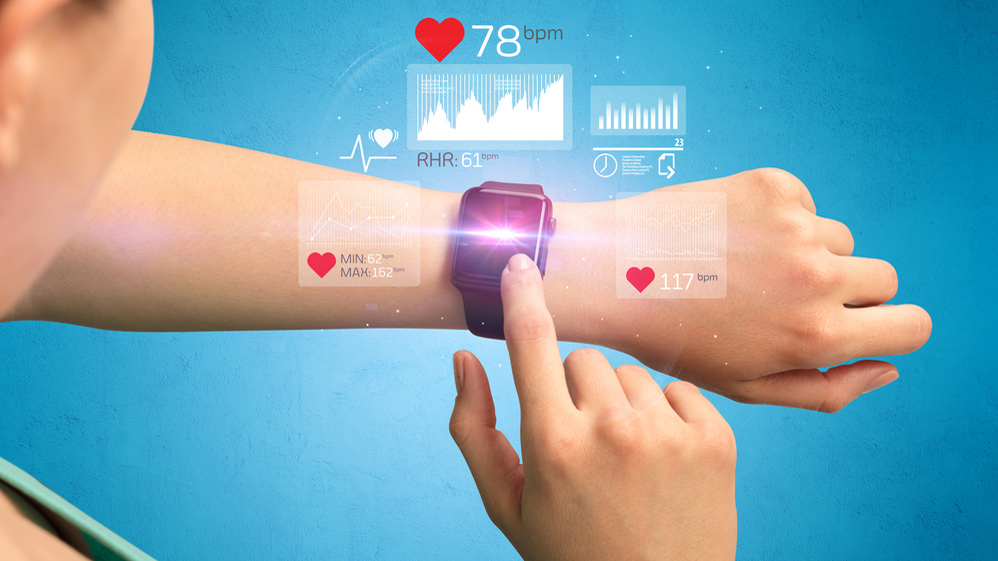Wearables, encompassing devices like fitness trackers, smartwatches, and even smart clothing, offer individuals unprecedented access to real-time health data.
From monitoring heart rate and sleep patterns to tracking physical activity and calorie expenditure, wearables provide valuable insights into one’s overall well-being. This data can help users to make informed decisions about their health, identify patterns, and set achievable goals.
Also, wellness apps have changed the way we approach health management. With so many options available, ranging from meditation and mindfulness apps to nutrition and exercise trackers, we have unlimited access to tools designed to optimize physical, mental, and emotional health. These apps offer guidance, support, and accountability, making it easier for users to adopt and maintain healthy habits.
So what’s the problem?
With wearables and wellness apps being so helpful, it’s important to keep a healthy balance with technology. As tech gets more involved in our lives, finding that balance gets trickier. Spending too much time on screens, always being connected, and wanting things instantly can mess with our mental health, sleep, and how we feel overall.
Let’s break this down for you to understand:

- Wearables
- Wearables like fitness trackers and smartwatches provide real-time data on your health metrics, such as heart rate, sleep quality, and physical activity.
- They empower you to make informed decisions about your well-being and set achievable health goals.
- Wellness Apps
- Wellness apps offer a wide range of tools and guidance, from meditation and mindfulness exercises to nutrition tracking and workout plans.
- They provide support, accountability, and motivation to help you adopt and maintain healthy habits.
- Digital Balance
- With the rise of technology, it’s crucial to strike a balance between digital engagement and offline activities.
- Setting boundaries, taking digital breaks, and prioritizing face-to-face interactions are essential for mental and emotional well-being.
- Limits of Technology
- While wearables and apps offer valuable insights, they should complement, not replace, professional healthcare advice.
- Personalized care from qualified healthcare providers remains vital for addressing complex health issues.
- Mindful Approach
- Approach technology with mindfulness and intentionality, using it as a tool to enhance, rather than dictate, your lifestyle.
- Cultivate awareness of your digital habits and prioritize self-care practices that promote overall well-being.
- Human Connection
- Remember the importance of human connection in promoting mental and emotional health.
- Nurture meaningful relationships, engage in face-to-face interactions, and prioritize quality time with loved ones.
In summary, the integration of wearables, apps, and digital balance represents a significant shift in how we approach health and wellness. By leveraging technology mindfully, prioritizing human connection, and complementing digital tools with traditional healthcare practices, we can cultivate healthier, happier lives in the digital age.
